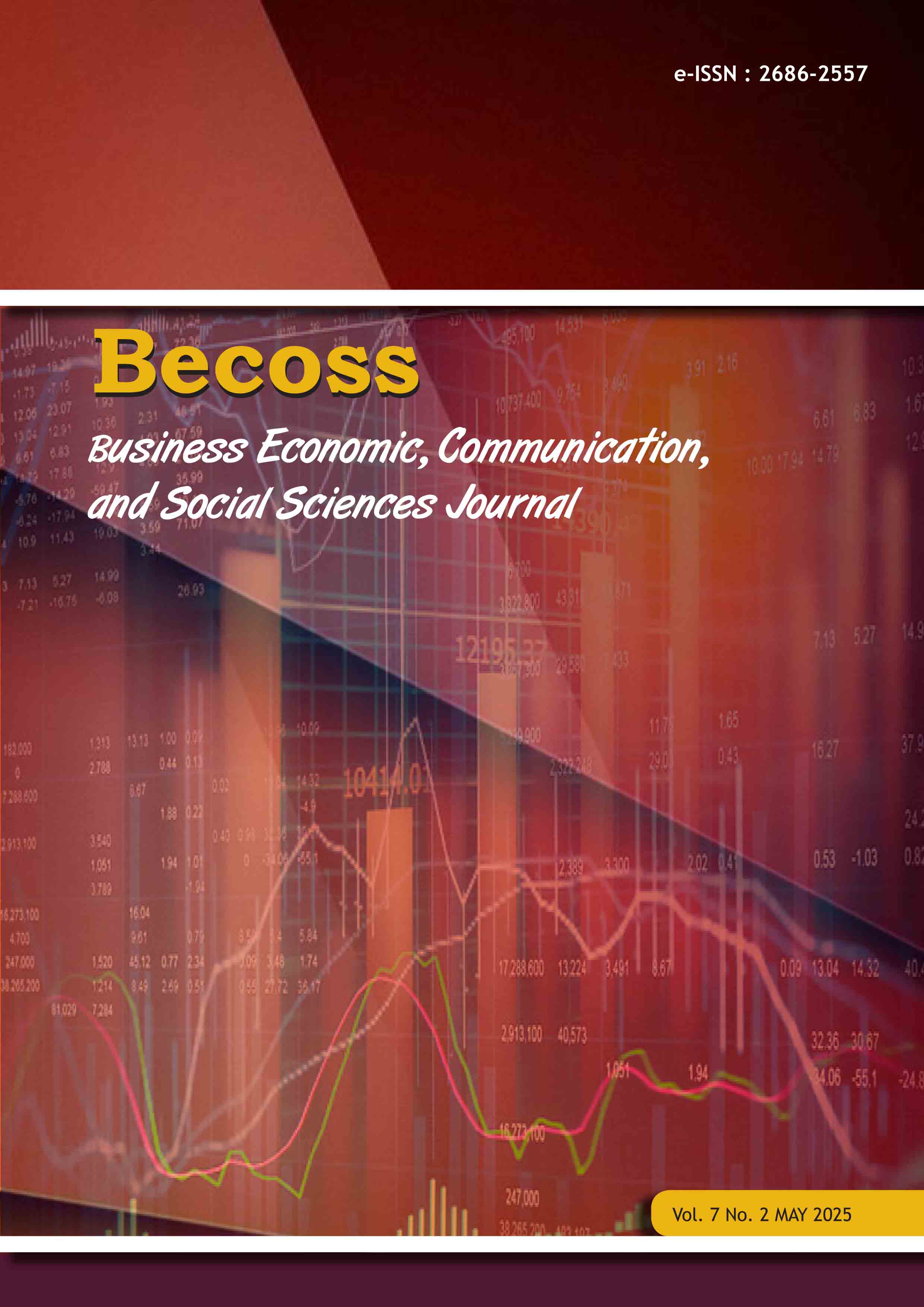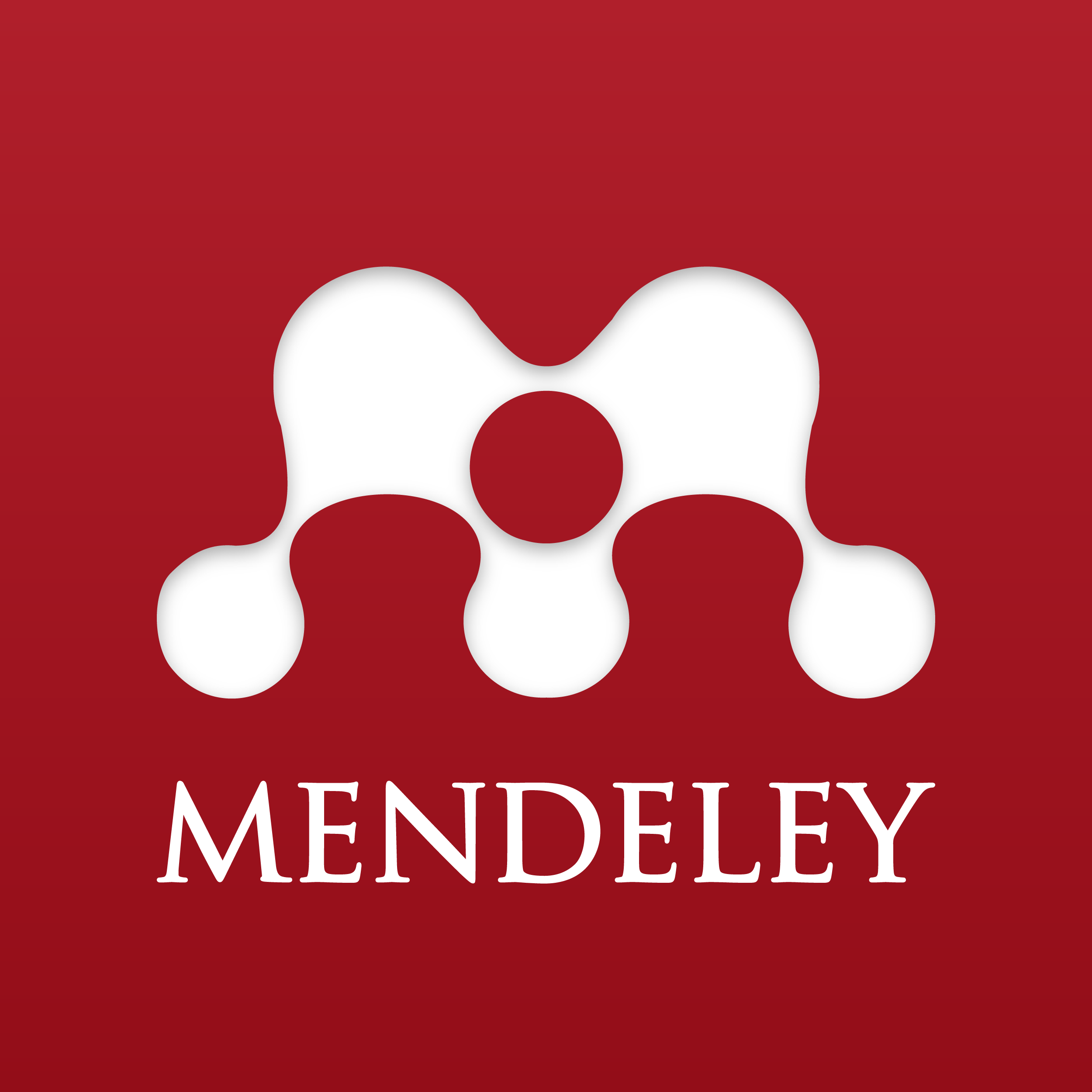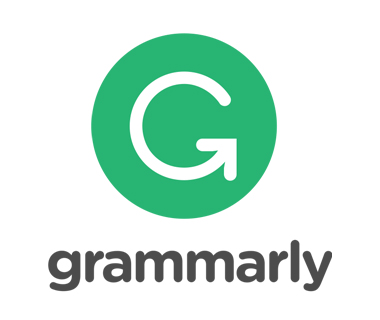Communication Network Analysis in The Comment Section of A Youtube Podcast With AI
DOI:
https://doi.org/10.21512/becossjournal.v7i2.13184Keywords:
Artificial Intelligence, Anthropomorphism, YouTube Podcast, Social Network Analysis, Digital CommunicationAbstract
The phenomenon of human-AI interaction is rapidly evolving, particularly in the realm of digital communication. One manifestation of this is the involvement of AI in YouTube content, such as podcasts that incorporate AI as a co-host. This study aims to analyze the comment network on the YouTube video “Gua Podcast Bareng AI... Dia Manggil Gua Sayang... (Episode 1)†to understand user interaction patterns with AI in digital spaces. The research employs the Social Network Analysis (SNA) method, collecting comment data through YouTube digital tools and analyzing it using Gephi software. The findings reveal that interactions in the YouTube comment section form two primary communication patterns: the circular network and the Y network. The network structure consists of 2,313 nodes and 717 edges, with a modularity value of 0.86, indicating the formation of discussion clusters. The key actors in the network are @JoshRafG and @manueladrians, who exert the greatest influence based on centrality measures. Frequently occurring words in the comments include “AI,†“Bisa†(Can), “Dan†(And), and “Manusia†(Human), reflecting discussions surrounding the pros and cons of AI as a communicative entity. This study reveals that AI in digital interactions is increasingly anthropomorphized, influencing users' perceptions of AI as a social subject. These findings contribute to digital communication studies, particularly in understanding AI's role in virtual interactions and shifting societal perceptions of artificial intelligence on social media.
References
Ahsan, M. R. (2015). Pelaksanaan Kegiatan Promosi JToku pada Web Series Tahun 2012-2014. Universitas Muhammadiyah Yogyakarta.
Aminullah, M. C. (2023). PENGARUH KONTEN YOUTUBE VLOGGER “YOSHIOLO†TERHADAP PERILAKU KONSUMTIF MAHASISWA UTM. Journal of Student Research, 2(1), 20–32. https://doi.org/https://doi.org/10.55606/jsr.v2i1.2470
Bal, M., Aydemir, A. G. K., & Coşkun, M. (2024). Exploring YouTube content creators’ perspectives on generative AI in language learning: Insights through opinion mining and sentiment analysis. PLOS ONE, 19(9). https://doi.org/https://doi.org/10.1371/journal.pone.0308096
De Zúñiga, H., Goyanes, M., & Durotoye, T. (2023). A Scholarly Definition of Artificial Intelligence (AI): Advancing AI as a Conceptual Framework in Communication Research. Political Communication, 41(2), 317–334. https://doi.org/https://doi.org/10.1080/10584609.2023.2290497
Dwianto, A. G., Iqbal, M., & Alfisyahr, R. (2018). ANALISIS DAMPAK PEMASARAN DI MEDIA SOSIAL ONLINE TERHADAP CITRA MEREK, MINAT BELI KONSUMEN, DAN NET PROMOTER SCORE (Pendekatan Eksperimental Virtual Brand Following pada aplikasi Instagram produk Fast Moving Consumer Goods @erigostore pada Mahasiswa S1 Un. Jurnal Administrasi Bisnis, 55(1). https://administrasibisnis.studentjournal.ub.ac.id/index.php/jab/article/view/2244
Fakhimi, A., Garry, T., & Biggemann, S. (2023). The Effects of Anthropomorphised Virtual Conversational Assistants on Consumer Engagement and Trust During Service Encounters. Australasian Marketing Journal, 31(4), 314–324. https://doi.org/https://doi.org/10.1177/14413582231181140
Hohenstein, J., Kizilcec, R. F., DiFranzo, D., Aghajari, Z., Mieczkowski, H., Levy, K., Naaman, M., Hancock, J., & Jung, M. F. (2021). Artificial intelligence in communication impacts language and social relationships. Scientific Reports, 13. https://doi.org/https://doi.org/10.1038/s41598-023-30938-9
Kemp, S. (2023). The Changing World of Digital In 2023. https://wearesocial.com/id/blog/2023/01/the-changing-world-of-digital-in-2023-2/
Reeves, B., & Nass, C. (1996). The Media Equation: How People Treat Computers, Television, and New Media Like Real People and Places. Cambridge University Press.
Sanjani, P. H., & Alamsyah, A. (2019). Social Network Analysis pada Interaksi Sosial Twitter Mengenai Operator Telekomunikasi Seluler di Indonesia (Studi pada Telkomsel dan Indosat Ooredoo). SOSIOHUMANITAS, 21(1), 70–72.
Sari, M. R., & Dwiyanti, K. T. (2018). TEORI GRAF D TEORI GRAF DALAM ANALISIS JEJ ALISIS JEJARING SOSI ARING SOSIAL: HUBUNGAN AL: HUBUNGAN AKTOR UTAMA DENGAN PENGGUN A DENGAN PENGGUNA INTERNAL LAPORAN KEUANGAN. Jurnal Akuntansi Dan Keuangan Indonesia, 15(1), 21–35. https://doi.org/https://scholarhub.ui.ac.id/jaki/vol15/iss1/2
Utami, S. R., Safitri, R. N., & Kuncoroyakti, Y. A. (2021). Network Analysis and Actors #CancelOmnibusLaw on Twitter Social Media Using Social Network Analysis (SNA). JCommsci, 4(3), 135–148. https://doi.org/https://doi.org/10.29303/jcommsci.v4i3.111
VrzalÃková, K. (2023). The artificial intelligence behind the podcast microphone: AI-generated content in podcasting. Media & Marketing Identity, 437–445. https://doi.org/https://doi.org/10.34135/mmidentity-2023-44
Wahyu, A. Y. M., Berto, A. R., & Murwani, E. (2022). Analisis Sentimen Jaringan Pesan Kolom Komentar Video Wonderful Indonesia 2022 Jagad Jawi Yang Dipengaruhi Budaya. Avant Garde, 10(2). https://doi.org/https://doi.org/10.36080/ag.v10i2.2011
Yellapu, J., Reddy, K. S. K., Lakshmi, G. V., Vaibhavi, K. R., Viviek, C., & Kishore, T. S. (2024). Spam Comment Detection Using the Ensemble Technique. 2023 4th International Conference on Intelligent Technologies (CONIT), 1–7. https://doi.org/https://doi.org/10.1109/CONIT61985.2024.10626863
Downloads
Published
How to Cite
Issue
Section
License
Copyright (c) 2025 Larasati Indhita Sugianto, A. Hasan Al Husain

This work is licensed under a Creative Commons Attribution-ShareAlike 4.0 International License.
Authors who publish with this journal agree to the following terms:
- Authors retain copyright and grant the journal right of first publication with the work simultaneously licensed under a Creative Commons Attribution License - Share Alike that allows others to share the work with an acknowledgment of the work's authorship and initial publication in this journal.
- Authors are able to enter into separate, additional contractual arrangements for the non-exclusive distribution of the journal's published version of the work (e.g., post it to an institutional repository or publish it in a book), with an acknowledgment of its initial publication in this journal.
- Authors are permitted and encouraged to post their work online (e.g., in institutional repositories or on their website) prior to and during the submission process, as it can lead to productive exchanges, as well as earlier and greater citation of published work.
USER RIGHTS
All articles published Open Access will be immediately and permanently free for everyone to read and download. We are continuously working with our author communities to select the best choice of license options, currently being defined for this journal as follows: Creative Commons Attribution-Share Alike (CC BY-SA)






